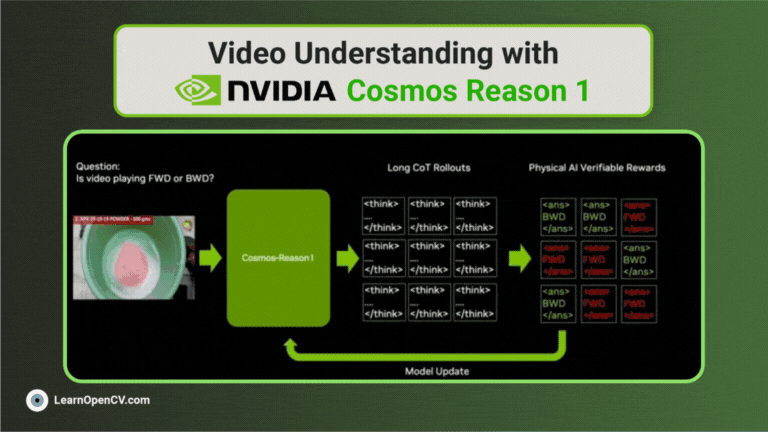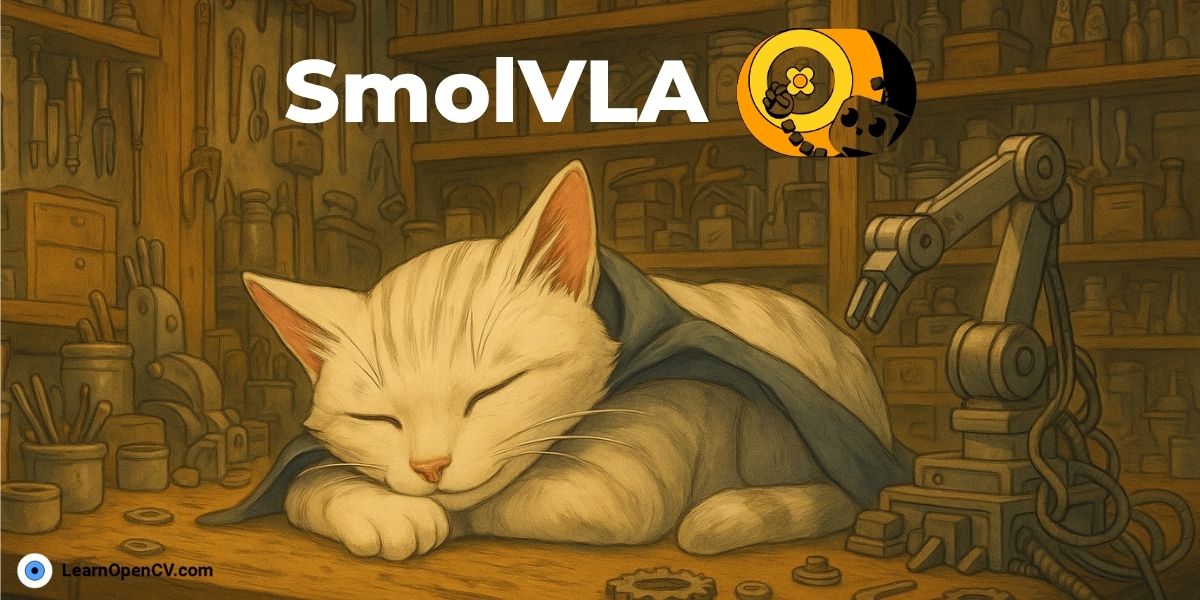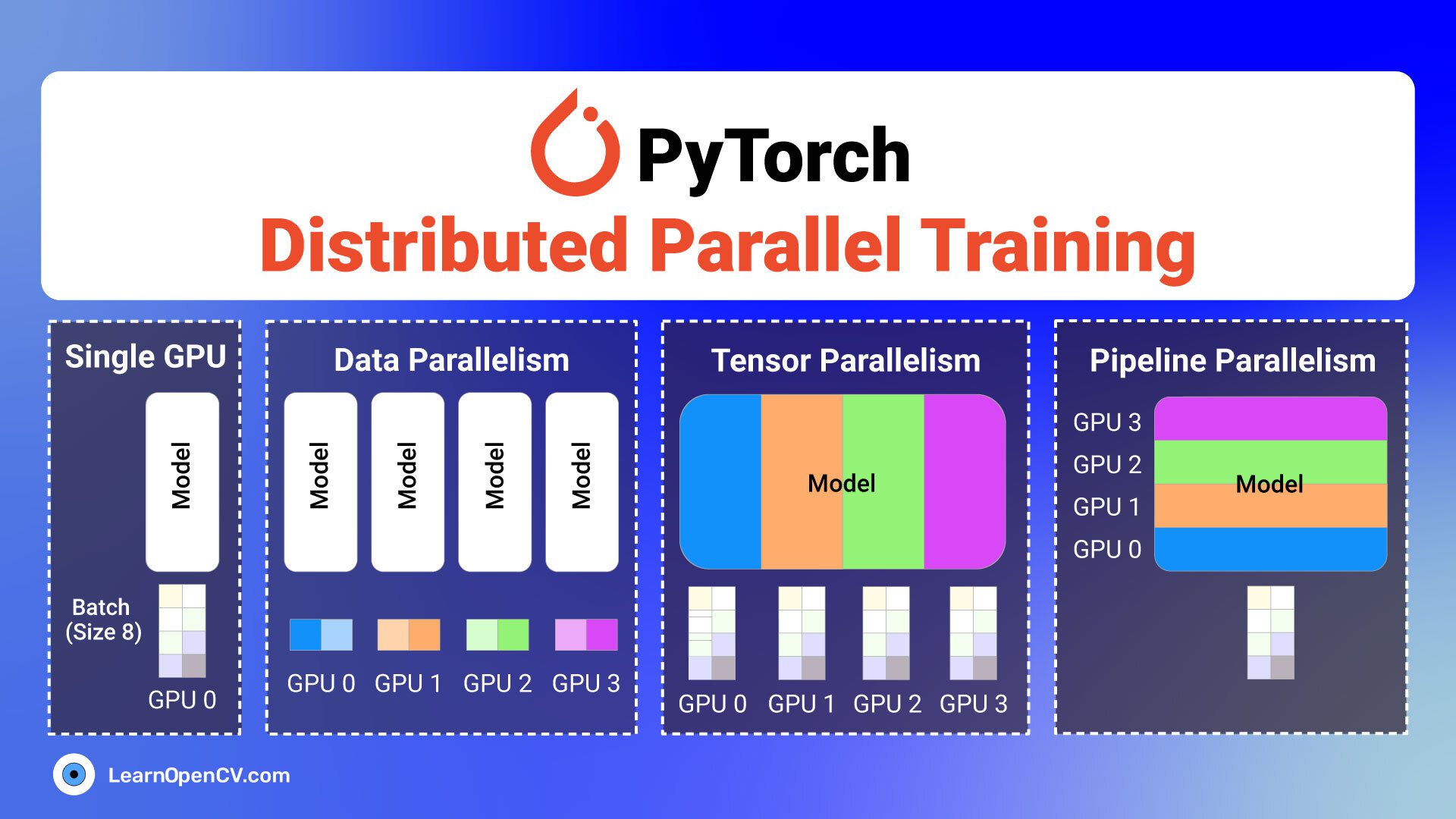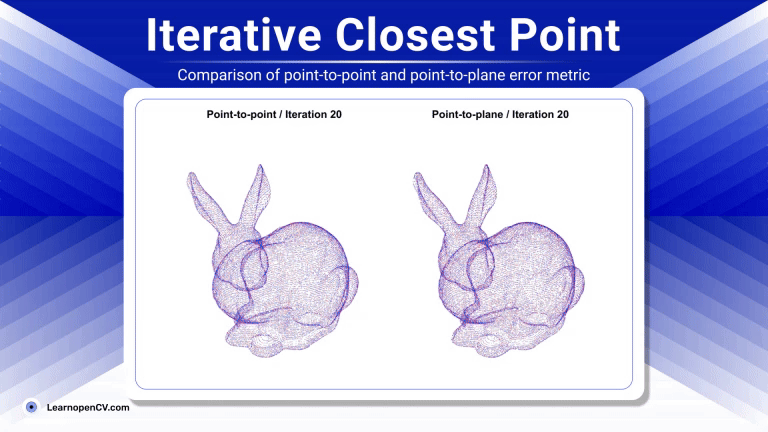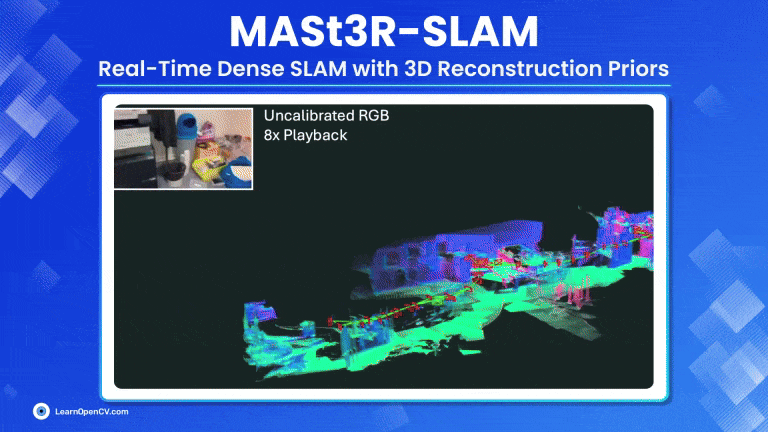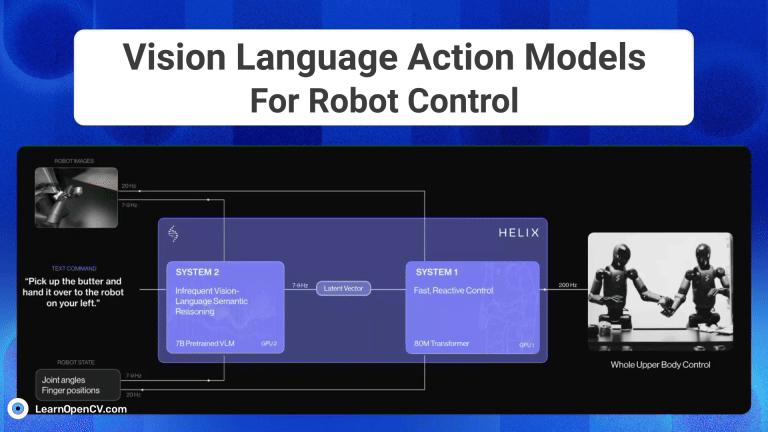NVIDIA's Cosmos Reason1 is a family of Vision Language Models trained to understand the physical world and make decisions for embodied reasoning. What makes Cosmos Reason1, as a promising contender ...
SmolVLA: Affordable & Efficient VLA Robotics on Consumer GPUs
Imagine you're a robotics enthusiast, a student, or even a seasoned developer, and you've been captivated by the idea of robots that can see, understand our language, and then act on that ...
Distributed Parallel Training: PyTorch Multi-GPU Setup in Kaggle T4x2
Training modern deep learning models often demands huge compute resources and time. As datasets grow larger and model architecture scale up, training on a single GPU is inefficient and time consuming. ...
Understanding Iterative Closest Point (ICP) Algorithm with Code
Iterative Closest Point (ICP) is a widely used classical computer vision algorithm for 2D or 3D point cloud registration. As the name suggests it iteratively improves and minimizes the spatial ...
MASt3R-SLAM: Real-Time Dense SLAM with 3D Reconstruction Priors
MASt3R-SLAM is a truly plug and play monocular dense SLAM pipeline that operates in-the-wild. It is first of its kind real-time SLAM system that leverages MASt3R's 3D Reconstruction priors to achieve ...
Vision Language Action Models (VLA) Overview: LeRobot Policies Demo
The advent of Generative AI, has fundamentally transformed robotic intelligence, enabling significant strides in how advanced humanoid robots "perceive, reason and act" in the physical world. This ...


